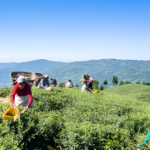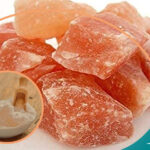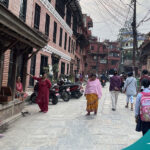I have always been fascinated by Nepal’s rich history and culture, and Bhaktapur was a city that had been on my bucket list for a long time. When I finally got the chance to spending a day in Bhaktapur, I found thia city was wonderful, beyond my expectations. Bhaktapur is a stunningly beautiful city steeped in history and culture, with an array of unique experiences that make it a must-visit destination in Nepal.
During my visit, I was struck by the stunning temples, intricate architecture, and vibrant street life that make up the fabric of Bhaktapur. The city is filled with narrow alleys and bustling squares, and there is always something new to discover around every corner. Every part of Bhaktapur is steeped in history and culture, from the colorful markets to the tranquil courtyards.
In this post, I’ll share my personal experience of spending a day in Bhaktapur and provide an itinerary of how to spend your day effectively in this beautiful city. Whether you’re a history buff, a foodie, or just someone looking for a unique cultural experience, Bhaktapur has something to offer everyone. So, let’s dive in and explore this incredible city together.
Morning
After an early morning, my travel companions from Sanepa, Lalitpur, and I arrived in Bhaktapur, eager to explore this beautiful city. As we walked through the city’s narrow streets, I was struck by the beauty of the traditional Newari architecture, with its intricate wood carvings and red brick buildings.
Our first stop was Bhaktapur Durbar Square, a UNESCO World Heritage site that is one of the most iconic landmarks in the city. As we entered the square, I was immediately struck by the grandeur of the ancient buildings and the intricate detail of the wood carvings and metalwork.
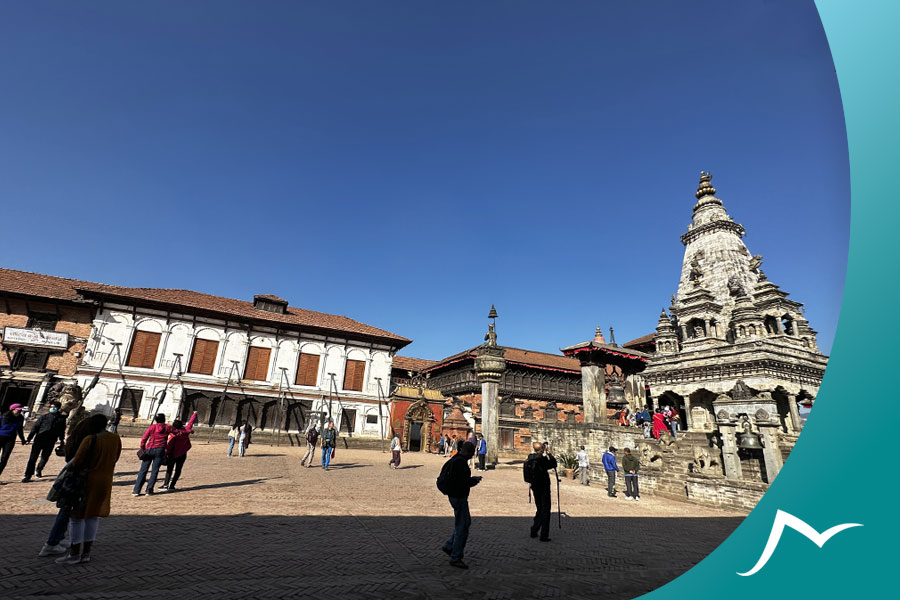
As we walked through the square, our guide gave us a brief history of the site, explaining that it was once the royal palace of the Malla dynasty, who ruled the Kathmandu Valley from the 12th to the 18th century. The square was also the site of many important festivals and ceremonies, including the famous Bisket Jatra festival, held annually in April.
One of the highlights of Bhaktapur Durbar Square is the Golden Gate, a stunningly beautiful palace entrance covered in intricate gold carvings. I was amazed by the level of detail in the carvings, which depicted scenes from Hindu mythology and local legends.
Another must-see attraction in the square is the 55-Window Palace, one of Bhaktapur’s oldest and most important buildings. The palace is so named because of its unique 55 windows, each intricately carved with traditional Newari designs.
As we explored the square, I couldn’t help but be awed by the site’s incredible history and cultural significance. It was humbling to think that we were standing in a place that had been witness to so much history and had played such an important role in the culture and traditions of the Kathmandu Valley.
Overall, my morning visit to Bhaktapur Durbar Square was a truly memorable experience.
Afternoon
After a morning filled with history and culture, we decided to spend the afternoon exploring Bhaktapur’s charming alleys and streets. We wandered through the narrow lanes and were mesmerized by the unique architecture and cultural landmarks we discovered.
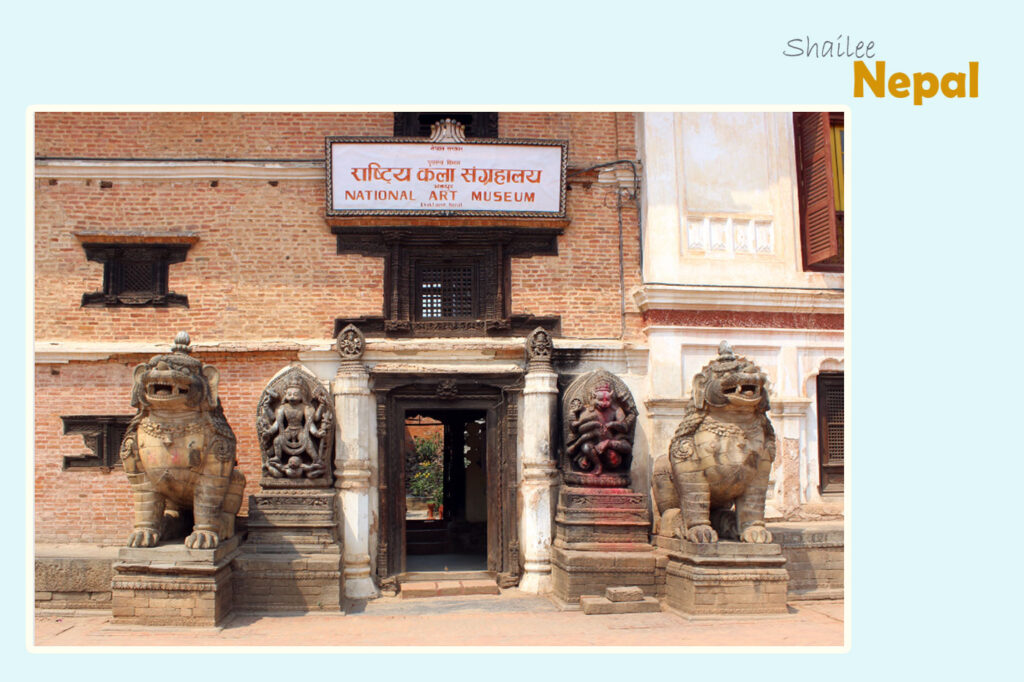
One of the most striking features of Bhaktapur is the traditional Newari architecture, with its intricate wood carvings and red brick buildings. Everywhere we looked, there was something beautiful to admire and photograph. We were especially drawn to the many temples and shrines that dotted the streets, each with its unique design and history.
As we walked, we also had the opportunity to interact with the locals, who were friendly and welcoming. We stopped to chat with a group of older adults sitting outside their homes, and they told us stories about their lives in Bhaktapur and the changes they had seen over the years.
We also did some souvenir shopping, as Bhaktapur is known for its handicrafts and traditional Newari art. I bought a couple of puppets and locally-made handbags. We visited a local pottery shop and watched the artisans shape clay into beautiful vases and bowls, and we also picked up some locally-made jewelry and textiles.
After working up an appetite, we decided to stop for lunch at a traditional Newari restaurant. Our guide took us to a typical local restaurant known for its authentic Newari cuisine.
We were satisfied. The restaurant was cozy and welcoming, with traditional decor and friendly staff. We ordered various dishes to share, including the famous Newari dish of buff choila, marinated and spiced buffalo meat, and barbecued chicken. We also tried traditional Newari drinks, Aila, Piece of Chatamari and Juju Dhau (special yogurt).
The food was simply delicious, with rich flavors and bold spices that delighted my taste buds. The buffalo meat was tender and perfectly spiced, and the chicken was juicy and flavorful. I especially loved the accompaniments, such as the pickled vegetables and the spicy tomato achar, which added a perfect tanginess and heat to the meal.
Overall, Newari lunch was a wonderful experience. I recommend to anyone visiting Bhaktapur to try Newari food.
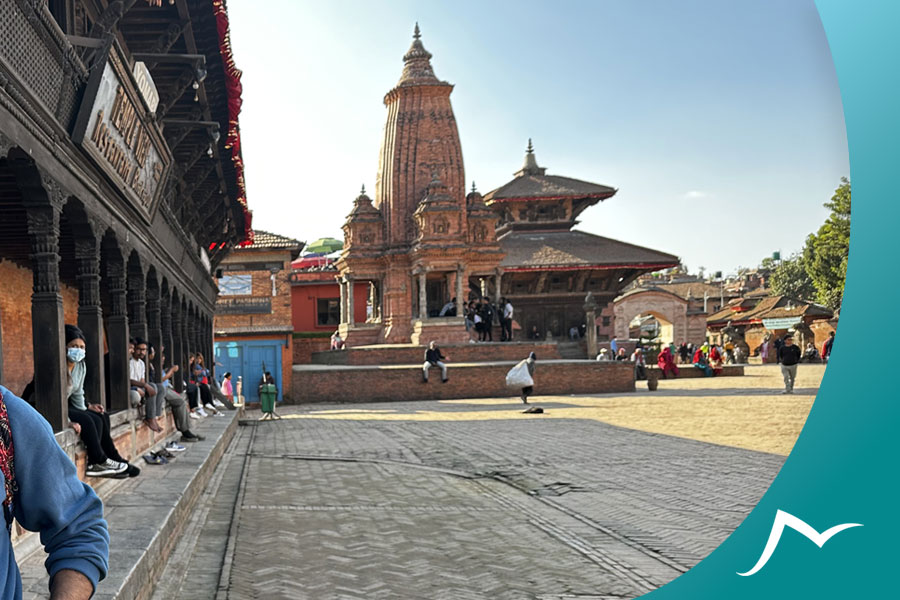
After lunch, we continued our stroll through the charming streets of Bhaktapur, taking in the sights, sounds, and smells of this unique and vibrant city. It was a day filled with history, culture, and culinary delights, which I will always cherish as a highlight of my trip to Nepal.
Evening
As the day began to wind down, we made our way to Nyatapola Temple, one of the most iconic landmarks in Bhaktapur. This five-story temple is the tallest pagoda-style temple in Nepal and is dedicated to the goddess Siddhi Lakshmi.
Our guide told us that the temple was built in the 18th century by King Bhupatindra Malla and is a symbol of the strength and resilience of the Newari people. We climbed the steep stairs to the top and were rewarded with a stunning view of the city and the surrounding mountains.
As we watched the sun dip below the horizon, we couldn’t help but feel a sense of peace and awe. The temple and the view were both breathtaking, and we felt grateful to have had the opportunity to witness this beautiful moment.
After we visited the temple, we had the chance to attend a cultural show in Bhaktapur. Our guide told us that there are many festivals and cultural events throughout the year in Bhaktapur, and we were lucky enough to be there during one.
The event was held in the city’s main square, with traditional dances and music performances by local artists. The costumes and instruments were all unique and beautiful, and we were amazed by the skill and talent of the performers.
The sense of community and pride evident among the locals also struck us. Everyone seemed to enjoy themselves and celebrate their culture and heritage, and we felt privileged to be a part of it.
Overall, the cultural event was a highlight of our trip to Bhaktapur. It allowed us to see the city and its people in a different light and experience the richness and diversity of Nepali culture.
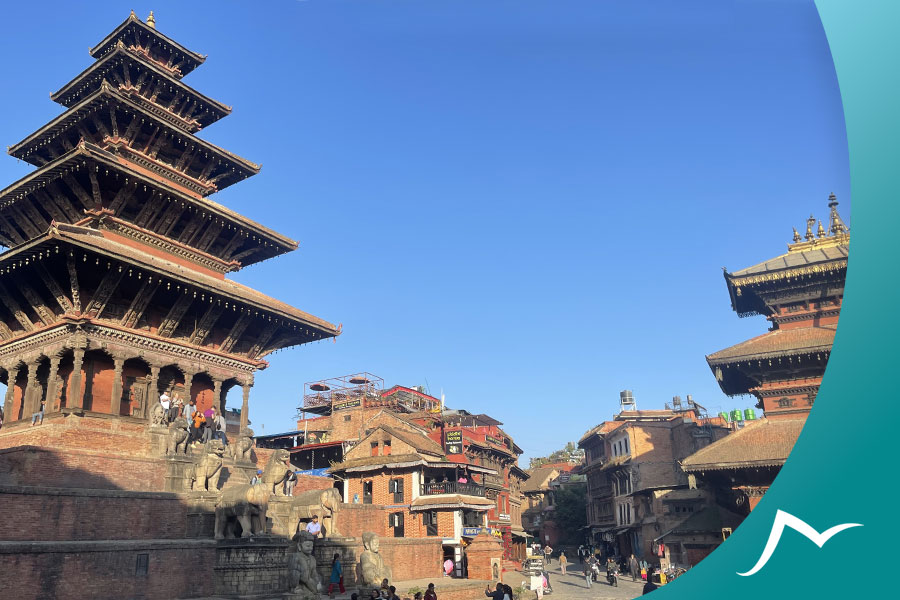
As the evening ended, we returned to our hotel at Sanepa, tired but happy after a full day of adventure and exploration. Bhaktapur exceeded our expectations in every way, and we felt grateful to have had the opportunity to experience it all.
FAQs
What is Bhaktapur Durbar Square?
Bhaktapur Durbar Square is a UNESCO World Heritage Site and one of the city’s most popular places to visit. There are old temples, palaces, and courtyards all around the square.
What are the popular items to buy in Bhaktapur?
Bhaktapur is known for traditional handicrafts, and some of the best things to buy are pottery, Thangka paintings, crafts made of metal, wood carvings, and singing bowls.
Can I shoot the film in Bhaktapur?
Yes, you can shoot a film in Bhaktapur. Bhaktapur is a city in Nepal known for its rich culture and heritage sites, making it a popular location for film shoots. However, you may need to obtain the necessary permits and follow the regulations set by the local authorities. Doing thorough research and planning before shooting in any location is recommended.
What is Pottery Square, and where is it located?
Pottery Square is a popular place to visit in Bhaktapur, just a short walk from Durbar Square. This square is famous for its pottery making, which has been a part of Bhaktapur’s culture for hundreds of years.
What is the Bhaktapur Pottery Museum?
The Bhaktapur Pottery Museum is located in the square and shows how pottery-making in Bhaktapur has changed over time. The museum has an old pottery collection, tools, and other things used to make pottery.
What is Juju Dhau?
Juju Dhau is a sweet and creamy yogurt, a specialty of Bhaktapur, and sold in many stores and stands around the city.
What is Chatamari?
Chatamari is a traditional Nepalese pizza made with rice flour and topped with vegetables, meat, or eggs.
Conclusion
Spending a day in Bhaktapur was an unforgettable experience that left us with a deep appreciation for Nepali culture and history. Our itinerary included the following:
- Visiting Bhaktapur Durbar Square.
- Strolling through the alleys and streets.
- Having lunch at a traditional Newari restaurant.
- Visiting Nyatapola Temple.
- Attending a cultural show.
Each of these activities offered a unique perspective on Bhaktapur and its people, and we highly recommend including them in your itinerary if you can visit.
Bhaktapur is a city full of charm, history, and cultural richness. It’s a place where ancient traditions coexist with modern life and where the people are warm and welcoming.
If you’re planning a trip to Nepal, we encourage you to visit Bhaktapur and experience it yourself. We’re sure you’ll find it to be a highlight of your trip and leave with memories that will last a lifetime.
